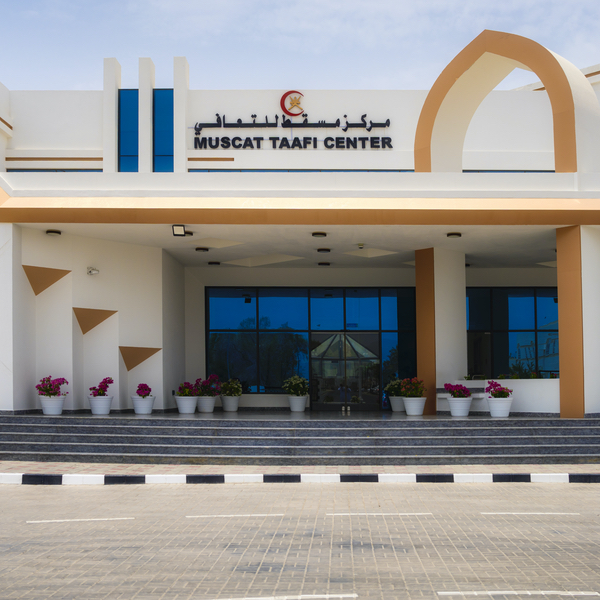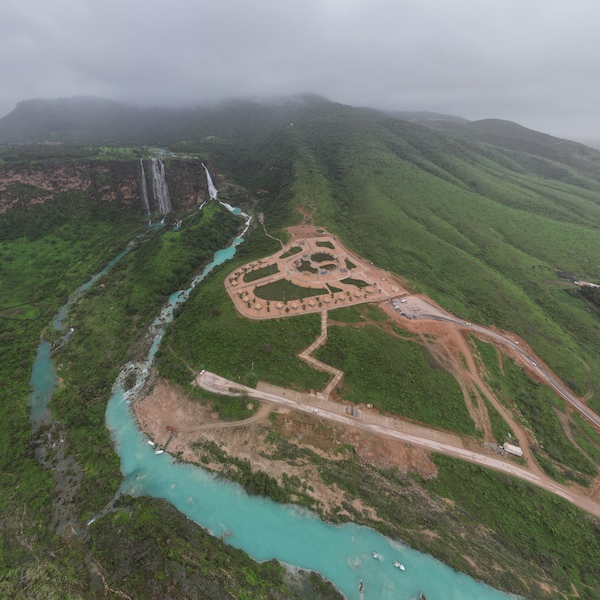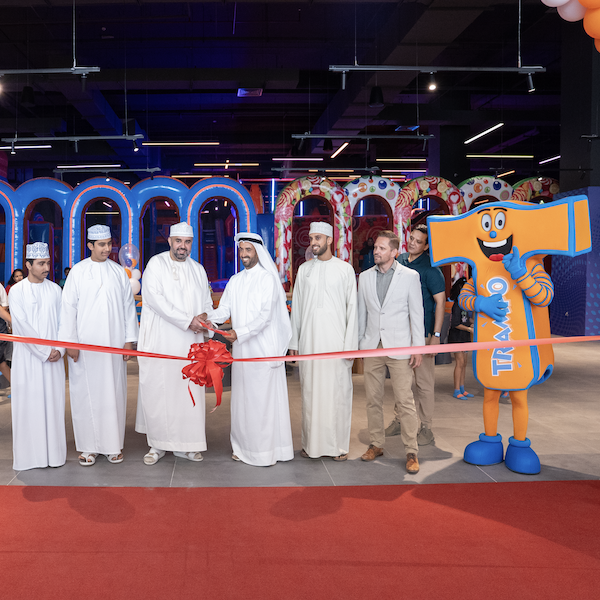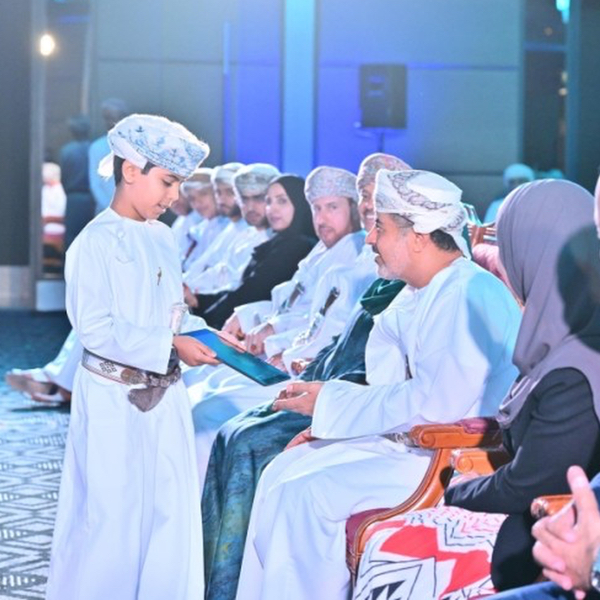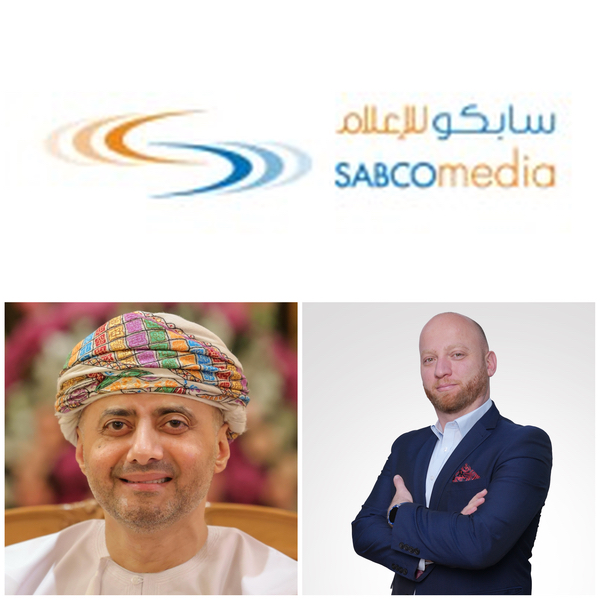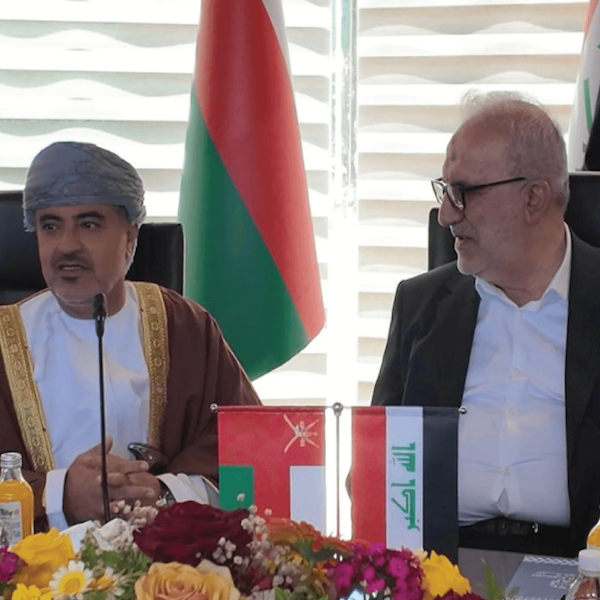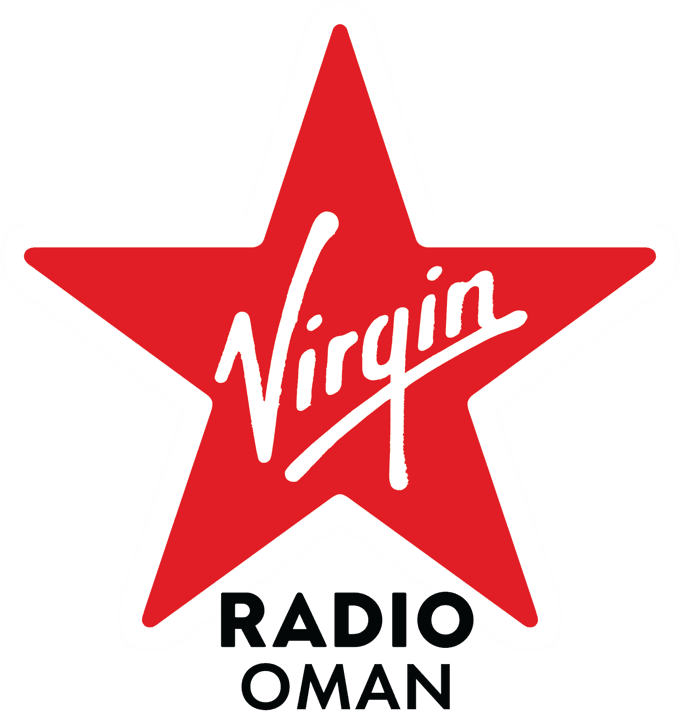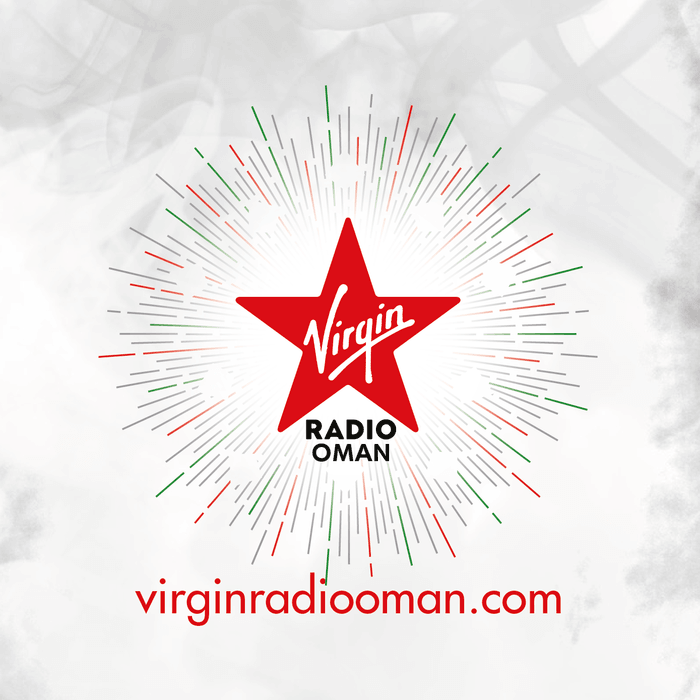Today, Oman lives through a period of prosperity, security, and stability due to the leadership of the late His Majesty Sultan Qaboos.
The ruling period of the father of the nation the late His Majesty Sultan Qaboos bin Said -may he rest in peace- was the longest reign among the Arab rulers and the third in the world until his death. His Majesty possessed the experience, will and courage in taking fateful decisions to provide security and safety for Oman’s citizens and residents.
During his reign, he succeeded in advancing Oman’s economy, standard of living and uniting the country after years of civil war so that it’s classified as a developed country in contrast to the state that it was in beforehand.
Education
Since the beginning of the renaissance, Oman witnessed a rapid improvement in all fields. In the field of education, he established schools in all parts of the country. The biggest gains were represented in the successful generations of Omani sons and daughters who all received educational opportunities, which was not an option before his reign, including higher education, training, and work in various sectors and fields.
In 1983, higher education institutions in the Sultanate began to emerge with the establishment of the Omani Banking Institute (now known as the College of Banking and Financial Studies), as well as the Intermediate Colleges for Teachers (now Faculties of Applied Sciences), and in the same year, the Industrial Technical College (Higher College of Technology).
Trade and transportation
Trade flourished during the reign of Sultan Qaboos and the prosperity of trade was associated with the development of the transportation sector. Two major ports were opened, namely Sultan Qaboos Port in Muttrah and Raysut Port in the southern region.
One of the first roads that was opened in the Sultanate was the coastal road between the states of Muscat and Muttrah as the first double road in the Sultanate in 1973, and there was the opening of several roads, including :
1974: Muscat-Batinah road
1975: Rusayl-Nizwa road
1977: Sohar-Buraimi road
1978: Bidbid-Sur road
1980: Nizwa-Ibri road
1982: Nizwa-Thumrait Road and many other roads were opened, which contributed to linking Oman.
Health
The health sector began with the establishment of Al-Nahda Hospital in 1971, the opening of Khawla Hospital in 1974, and the Royal Hospital in 1986, followed by multiple hospitals in all governorates. Hospitals carried the names of their regions and governorates, and in 1990 the Sultan Qaboos University Hospital was opened.
Peace
The most important achievement of the late Sultan Qaboos is his role in the field of peace, discarding division, calling for dialogue, and searching for peaceful solutions to solve numerous crises. He had a clear impact on resolving many of the crises that the region went through during his rule.
His Majesty’s contributions in resolving these crises and helping the opposing parties to negotiate among themselves and resolve their differences by peaceful means had a tangible and important effect that greatly helped stabilize our region over the past five decades.
Today, Oman lives through a period of prosperity, security, and a continuous building under the leadership of the late His Majesty Sultan Qaboos. Oman is considered one of the most stable and secure countries in the world.
#Trending
